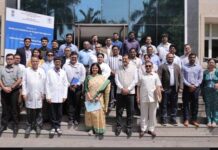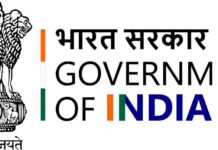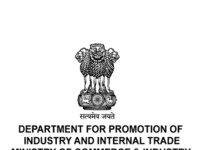JAMMU, APRIL 04: The agriculture and allied sectors in the Union Territory of Jammu and Kashmir are poised for significant growth and boost with launch of a slew of technological advancements and extension programs.
These interventions, incentivized through various schemes and projects, have already led to improvements in quality and quantity of produce in the region.
However, the challenge remains in integrating smallholder produce with market systems that are both effective and transparent. This will ensure that farmers receive a fair price for their goods while consumers get good value for their money. To tackle this issue, Jammu and Kashmir is implementing a project under Holistic Agriculture Development Program (HADP) that aims to strengthen the existing market infrastructure and create a robust market ecosystem that caters to the needs of all stakeholders.
Additional Chief Secretary, Agriculture Production Department, Atal Dulloo, emphasized that the proposed project will be segmented into several key areas. These included market reforms, infrastructure development, institutional and capacity building, branding, digital marketing, and market research information systems. The project aims to achieve its objectives through an investment of Rs 560 crore, which will be spread over a period of five years.
Dulloo expressed confidence that this project will bring about significant improvements in agriculture and allied sectors in Jammu & Kashmir, providing a boost to the region’s economy and benefiting farmers and consumers alike.
The project aims to improve the Terms of Trade (ToT) in favor of farmers, improve efficiency and effectiveness of the market ecosystem and minimize the value loss while maximizing societal welfare. The proposed activities or areas of intervention will strengthen the existing agricultural marketing system in Jammu & Kashmir, bringing long-term dividends across stakeholders, particularly farmer-producers.
The proposed project also envisages significant growth in agriculture and allied sectors through various activities. The market reforms included implementation of an open auction system, a single license for trading in all mandies, and institutionalization of post-harvest infrastructure with the eNAM network. Infrastructure development will involve converting mandies into value chain parks, creating new mandies and installing composting units. Besides, institutional building and capacity development will focus on the formation of Niche Product Marketing FPOs.
Branding activities will include creation of two Agriculture Branding Centers, mapping of existing branding practices, farmers/FPO brand building training and workshops, and integration of branded niche products with the tourism and hotel industry. Lastly, rural business and service hubs will be established in production areas.





















